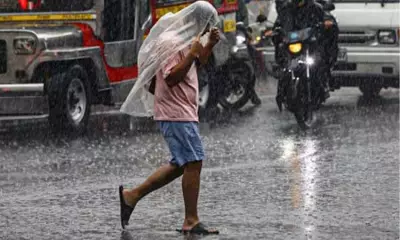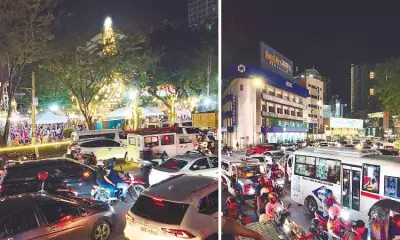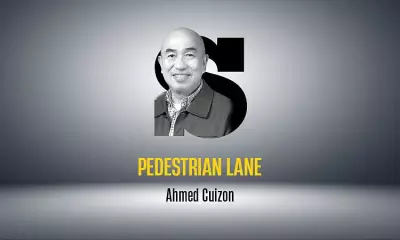
Cebu Flood Tragedy: A Survivor's Story of Rescue and Government Failure
The devastating flash floods that struck Barangay Bacayan in Cebu City during Typhoon Tino on Tuesday, November 4, 2025, have left residents not with helplessness, but with righteous anger. What many initially perceived as nature's fury has been revealed as a preventable disaster caused by systemic failures.
A Terrifying Ordeal in Villa del Rio
One resident nearly drowned when floodwaters rapidly transformed Villa del Rio subdivision into a raging river. The water rose with terrifying speed, sweeping the individual away and pulling them underwater toward a car. In that critical moment, neighbor Ignacio H. Cabalit Jr. emerged as a hero, holding his dog with one arm while using the other to repeatedly pull the victim to safety.
Thanks to Cabalit's unwavering grip, the survivor found footing, coughed out floodwater, and joined others climbing to safety through house grills to reach a rooftop. When the waters finally receded, the devastation became apparent: broken doors, cracked walls, ruined belongings accumulated over years, and a vehicle lost among heaps of mangled cars. The survivor sustained cuts to both legs from the traumatic experience.
Failure Foretold: The ₱17.4 Billion Question
The flooding in Bacayan was no surprise according to SunStar Cebu's investigation. Approximately ₱17.4 billion worth of flood control projects in Metro Cebu failed to perform their essential function. Protective walls designed to hold back water either collapsed or were never properly constructed.
Engineers involved admitted that uncontrolled development in mountainous areas contributed significantly to the disaster, noting that the focus had been primarily on building subdivisions rather than implementing proper environmental safeguards.
From Personal Anger to Public Demand
While heroes like Ignacio Cabalit risked their lives to save others, the government failed in its fundamental duty to protect citizens. The survivor's fear has transformed into anger—not just about the natural disaster, but about the preventable nature of the tragedy.
This anger cannot remain private among victims but must become a loud, public demand for accountability. While houses can be rebuilt and possessions replaced, answers must be demanded about why massive flood control investments failed to protect communities.
The memory of Ignacio's hand gripping tightly during the flood represents the courage and solidarity that ordinary citizens displayed. The survivor vows to hold onto this anger as the only force that might prevent similar tragedies in the future, promising further action including petitions demanding accountability and highlighting those responsible for environmental degradation.





